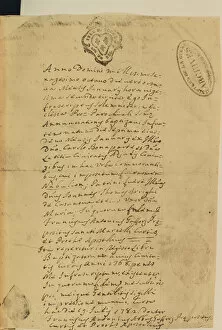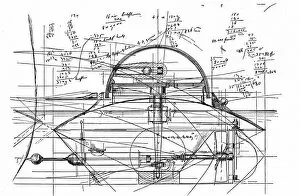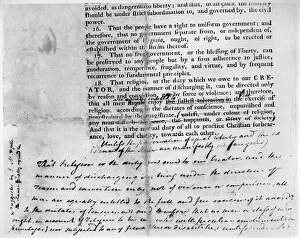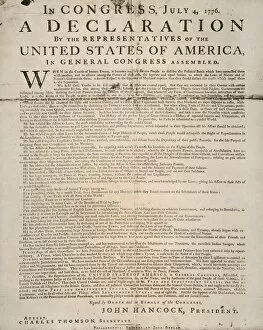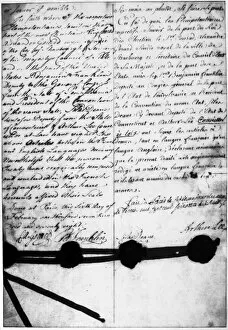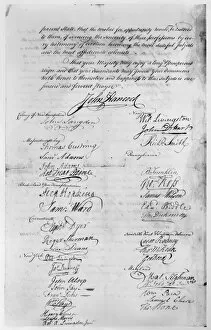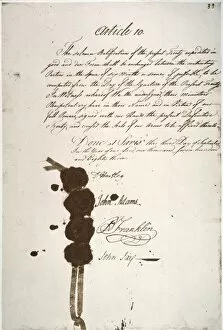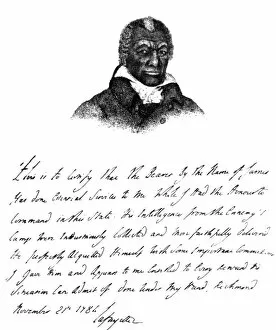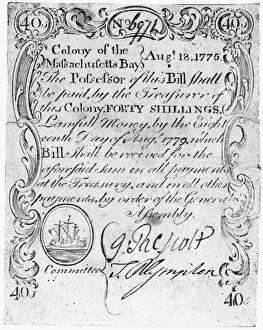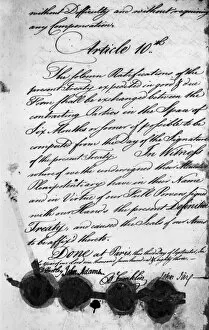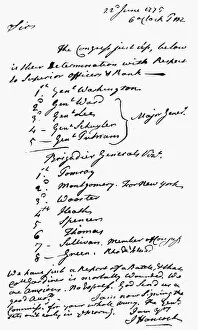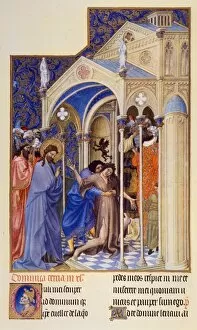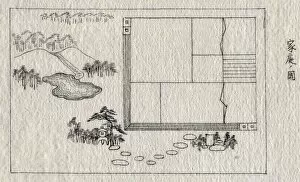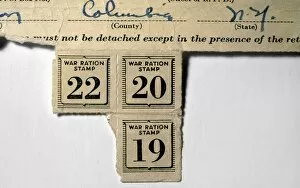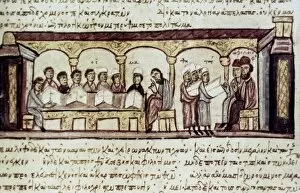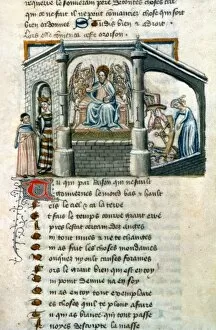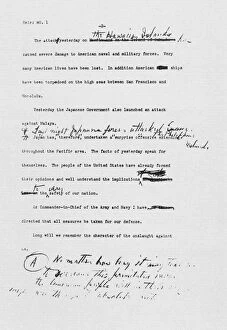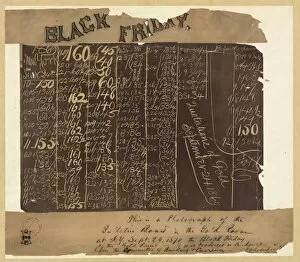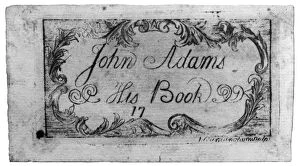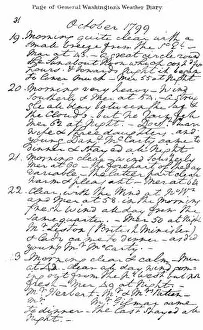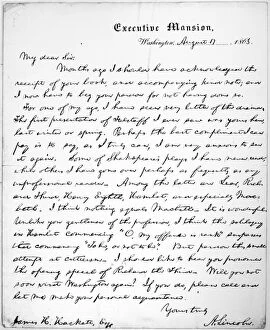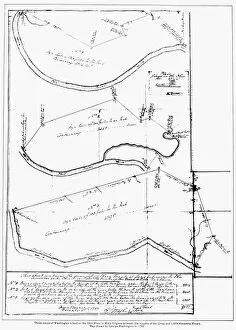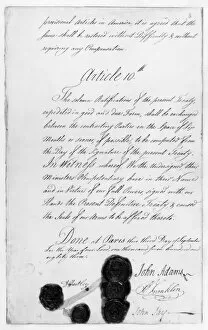Hand Writing Collection (#6)
"Unveiling History Through Handwriting: A Glimpse into the Past" In a world where digital communication dominates
For sale as Licensed Images
Choose your image, Select your licence and Download the media
"Unveiling History Through Handwriting: A Glimpse into the Past" In a world where digital communication dominates, there is something undeniably captivating about handwritten artifacts that have stood the test of time. Each stroke of ink on paper tells a unique story, offering us a window into moments long gone. The Galapagos Admiralty map by Fitzroy Beagle reveals the meticulous craftsmanship of an explorer's hand, mapping out uncharted territories with precision and curiosity. Meanwhile, the court record from the Salem witch trials transports us to a dark chapter in history, where penmanship served as evidence against innocent lives. Nadia-Juliette Boulanger's elegant French cursive captures her passion for music teaching, preserving her legacy through delicate curves and flourishes. The Beethoven Manuscript takes us back to 1806 when genius flowed onto paper; its musical notes whispering melodies that still resonate today. Among these treasures lies an unexpected duo - a Titanic whistle and Turkish Bath ticket - remnants of dreams shattered by tragedy. In contrast, Princess Elizabeth and Prince Philip's marriage certificate symbolizes love eternal; their union forever etched in graceful calligraphy. The Reverend Stuart Holden's unused first-class ticket for the ill-fated Titanic serves as a haunting reminder of missed opportunities and unforeseen twists of fate. On another note, Tom Mudd's postcard echoes tales from aboard this majestic ship – words penned amidst hope or perhaps trepidation. Centuries ago, William Langland crafted his masterpiece Piers Plowman with quill and ink; his Middle English manuscript page now stands as testament to literary brilliance preserved through generations. Sigmund Freud's sepia-toned photograph bears both his signature and enigmatic gaze – capturing the essence of psychoanalysis within its frame. Lastly, Percy Bysshe Shelley’s handwriting dances across paper like poetry itself – each word carrying profound meaning imbued with romanticism and rebellion.



